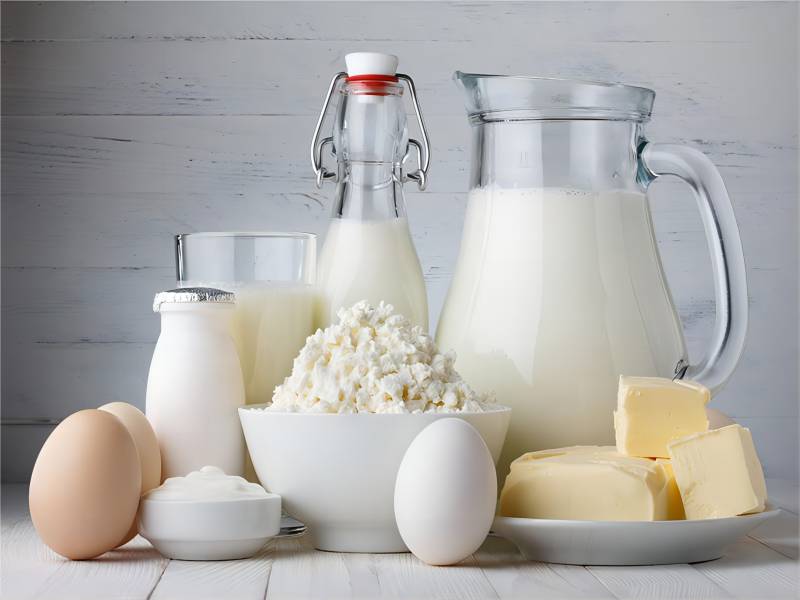What Is Nisin Preparation (E234) In Food?
Nisin (or more accurately Nisin A), also known as a lantibiotic, is a small-molecule polypeptide antibiotic with antibacterial activity, synthesized and secreted by Lactococcus lactis subsp. lactis during metabolism.
It is commonly used as a preservative in processed cheeses and meat products to inhibit Gram-positive spoilage and pathogenic bacteria. The European food additive number is E234. Generally, it is safe, natural, vegan (maybe), halal, kosher and gluten-free.
What is Nisin Preparation?
Nisin preparation is the commercial nisin sold in the market, available as a lyophilized (light brown) powder. It is made of three parts (2) :
Nisin: 2.5% (w/w) and with a minimum hydrous potency 900 IU/mg.
Sodium chloride: not less than 50% which is used to adjust the activity of nisin.
Non-fat milk solids or solids from fermentation.
How is Nisin Made?
There is a manufacturing process of commercial nisin preparation mentioned by EFSA, and the following are the brief flow chart:
Fermentation of a sugar-based medium with added yeast extract using the bacterium Lactococcus lactis subsp. Lactis.
Extraction of nisin concentration.
Spray dry: precipitated with sodium chloride and then through a spray-dried process.
Nisin preparation: standardized with sodium chloride to obtain a potency of 1,000 IU nisin A/mg.
How does it Work?
Nisin can inhibit the growth of a variety of food spoilage Gram-positive bacteria, such as Bacillus subtilis, Staphylococcus aureus, Listeria and Clostridium botulinum, and it is particularly effective against spores that gram-positive bacteria that produces.
The main preservation mechanism of nisin is to bind to the anionic phospholipids (including lipid II) of the cell membrane and then inserted to the cell membrane.
These processes can stop all biosynthetic processes in Gram-positive bacteria, and therefore kill Gram-positive bacteria. The impermeability to cell walls of Gram-negative bacteria makes it ineffective to it.

What are the uses of Nisin?
There is a long history of using fermentation of lactic acid bacteria to preserve food. The inhibitory effects of lactic acid and other organic acids produced during the fermentation are fully recognized, but the antimicrobial effects of nisin produced in the metabolism of lactic acid bacteria metabolism are gradually discovered in later studies.
Food preservative Nisin can be used in cheeses, canned food, meat products to:
Prevent food spoilage by inhibiting the growth of Gram-positive bacteria & the spores and result in extending storage time.
Reduce food sterilization temperature & time and therefore reduce nutrition loss.
Working with Natamycin and other Preservatives
Due to the narrow antibacterial spectrum of nisin, which can only kill or inhibit Gram-positive bacteria, therefore its application is limited, and the combined use of Nisin and other preservatives or acidulants (citric acid, lactic acid) can make up for this shortcoming, and then exert a broad-spectrum antibacterial effect.
It is sometimes used with natamycin for a synergy effect. Natamycin is also a biopreservative produced by the fermentation of streptomyces, effective in inhibiting the growth of various molds, yeasts and mycotoxins.